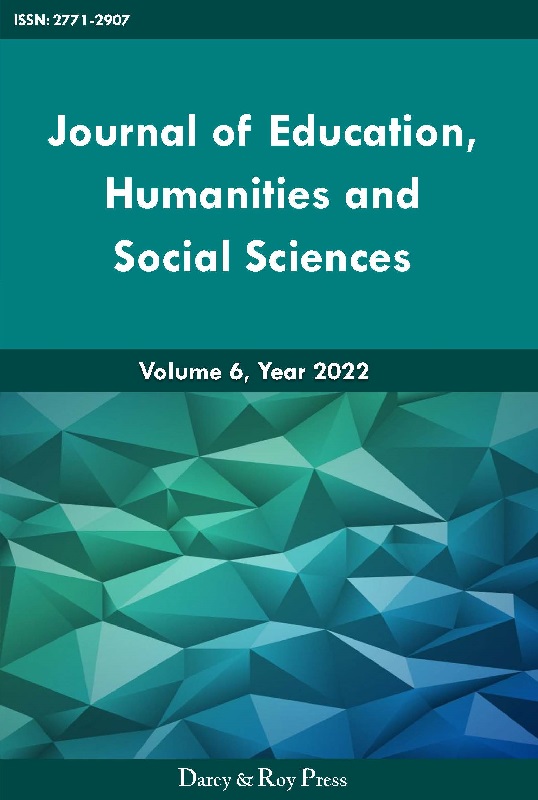Dramaturgical Theory in social media
DOI:
https://doi.org/10.54097/ehss.v6i.4042Keywords:
Sociology, Dramaturgical theory, social media.Abstract
In the current age, daily life is highly integrated with electronic devices and inner software. The intensive social media use of people is the most striking; the structure and the functions of social media are advanced, which can be an extension of the real world. The online society has become another independent social field for people. Social media mix the traditional front stage and corresponding backstage, and the unique communication method also brings many methods to build self-version for users. However, people socialize in this online area, which forms some unexpected good and bad results. Hence, even though there are previous studies that summarized the differences between the traditional social area and the social applications, it can be found that some aspects are not discussed by the former research about the dramaturgical theory in reality. These are contemporary or newer fields to discuss. Therefore, this paper attempt to infer how Goffman’s dramaturgical theory plays a role in a new stylish social platform and aims to analyze the mixture clearly. Finally, this paper finds that the combination of the dramaturgical theory with the social websites will produce some differences and changes in users, and these impacts will cause harm and positive results at the same time.
Downloads
References
Ten Ye, On the relationship between narcissism and self-presentation in WeChat Moments, Southwest University, 2016.
Erving Goffman. Daily Contact. In: Xu Jiangmin, et al. (Trans.), Huaxia Publishing House, Beijing, 1990.
Erving Goffman. Self-presentation in Daily Life, Peking University Press, Beijing, 2008.
S. Lv, The new development of dramaturgical theory in the new media. environment-take WeChat Moments is an example. Communication and Copyright, (10), 2018, pp. 5 - 8.
G. Simmel, Conflict and the web of group affiliations. NY Free Press, New York, 1922.
D. M. Gilmore, Goffman’s front stage and backstage behaviours in online education. Journal of Learning Analytics 1 (3), 2014, pp. 187 - 190.
K. Lewis, J. Kaufman, N. Christakis, The taste for privacy: An analysis of college student privacy settings in an online social network. Journal of Computer-Mediated Communication 14, 2008, pp. 79 - 100.
Z. Tufekci, Grooming, gossip, Facebook and MySpace. Information, Communication and Society 11, 2008, pp. 544 - 564.
Dai Hua. Self-presentation in WeChat Moments: Real and one-sided role-playing - Take 15 young people as an example. Southeast transmission (7), 2017, pp. 69 - 72.
B. Hogan, The presentation of self in the age of social media: Distinguishing performances and exhibitions online. Bulletin of Science, Technology & Society 30 (6), 2010, pp. 377 - 386.
L. Robinson, the cyberself: The self-ing project goes online, symbolic interaction in the digital age. New Media & Society 9, 2007, pp. 93 - 110.
D. Owen, New media and political campaigns. In The Oxford handbook of political communication, 2017.
T. Nguyen, M. Hellebuyck, M. Halpern, D. Fritze, The state of mental health in America, Mental Health America, 2017.
A. Acquisti, R. Gross, Imagined communities: Awareness, information sharing, and privacy on Facebook. In International workshop on privacy enhancing technologies, vol. 4258, Springer, Berlin, Heidelberg, 2006, pp. 36-58. DOI: https://doi.org/10.1007/11957454_3.
Downloads
Published
Issue
Section
License

This work is licensed under a Creative Commons Attribution-NonCommercial 4.0 International License.

















